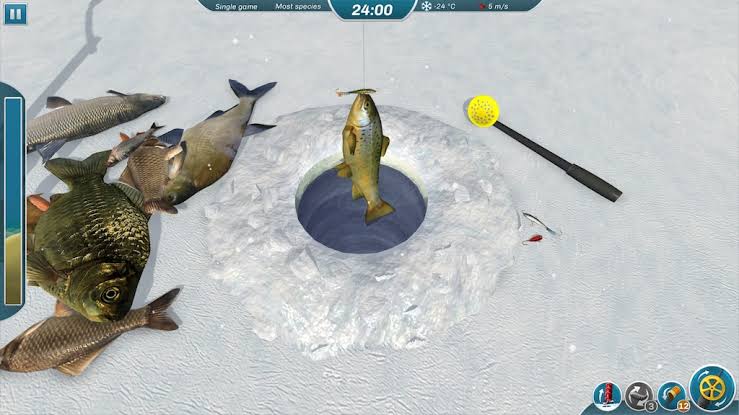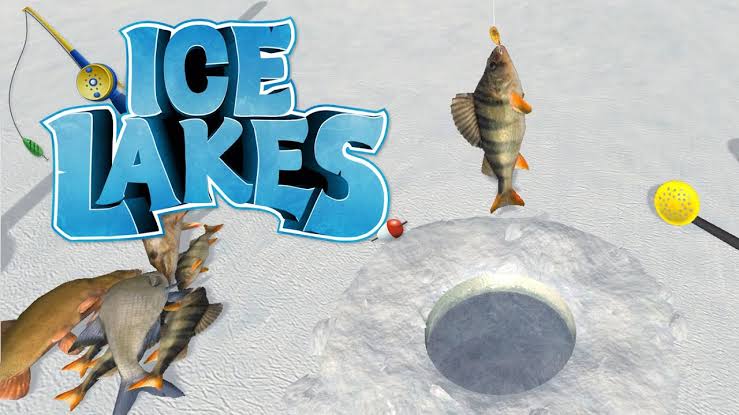Table of Contents
Ice fishing, a winter pastime enjoyed by anglers around the globe, combines the tranquility of nature with the thrill of the catch. Whether you are a seasoned angler or a curious beginner, ice fishing offers a unique experience that connects you with the great outdoors in the heart of winter. This comprehensive guide will delve into the essentials of ice fishing, providing tips and recommendations for gear to help you make the most of your icy adventure.

The Basics of Ice Fishing
Ice fishing involves catching fish through an opening in the ice of a frozen body of water. This activity requires patience, skill, and the right equipment to ensure safety and success. Understanding the basics is the first step to mastering this winter sport.
Choosing the Right Location
The first consideration for ice fishing is selecting a suitable location. Research local lakes and ponds to determine which ones are safe for ice fishing. The ice should be at least 4 inches thick to support a person’s weight, and thicker ice is needed for groups or vehicles. Popular fish species to target include perch, walleye, northern pike, and trout. Consulting local fishing reports can provide insights into which species are most active and where.
Essential Gear for Ice Fishing
Having the right gear is crucial for a successful ice fishing trip. Here are the essentials:
- Ice Auger: An ice auger is used to drill holes in the ice. Manual augers are budget-friendly but require physical effort, while power augers, either gas or electric, make the job easier and faster.
- Ice Fishing Rod and Reel: Ice fishing rods are shorter and more sensitive than regular fishing rods. Paired with an ice-specific reel, they allow for better control and feel when a fish bites.
- Tip-Ups: Tip-ups are devices placed over a hole in the ice that signal when a fish bites. They allow you to fish multiple holes simultaneously.
- Ice Shelter: An ice shelter or ice shanty provides protection from the harsh winter elements. Shelters range from simple pop-up tents to more elaborate, insulated structures with built-in heating.
- Warm Clothing: Dressing in layers is essential for ice fishing. Start with a moisture-wicking base layer, add insulating layers, and finish with a waterproof and windproof outer layer. Don’t forget warm gloves, a hat, and waterproof boots.
- Safety Gear: Safety is paramount. Carry ice picks or spikes to help pull yourself out if you fall through the ice. A flotation device and a throw rope are also recommended.
- Fish Finder: A fish finder or flasher can significantly increase your chances of locating fish beneath the ice. These devices use sonar to display the depth and presence of fish.
Tips for a Successful Ice Fishing Experience
- Check Ice Conditions: Always verify the ice thickness and condition before heading out. Local bait shops, fishing reports, and online resources can provide up-to-date information.
- Start Small: If you’re new to ice fishing, start with a smaller body of water. These areas often freeze faster and can be less intimidating than larger lakes.
- Use Live Bait: Live bait such as minnows, wax worms, and maggots are effective for attracting fish. Experiment with different baits to see what works best for your target species.
- Drill Multiple Holes: Increasing your chances of success often involves drilling multiple holes and moving between them. Fish can be elusive, and mobility is key to finding active fish.
- Pay Attention to Weather: Fish activity can be influenced by weather conditions. Overcast days with stable pressure tend to be more productive. Keep an eye on the weather forecast to plan your trip.
- Be Patient and Observant: Ice fishing requires patience. Pay attention to subtle movements in your line or tip-up flags. Sometimes the slightest twitch indicates a bite.
- Stay Warm and Comfortable: Bring along a portable heater for your shelter and plenty of snacks and hot drinks. Staying warm and comfortable will make the experience more enjoyable and allow you to fish longer.
Conservation and Respect for Nature
Practicing ethical fishing and respecting nature is vital. Follow local regulations regarding catch limits and sizes, and practice catch-and-release whenever possible to preserve fish populations for future generations. Dispose of any trash properly and leave the area as you found it.
Conclusion
Ice fishing is a rewarding winter activity that offers a unique blend of solitude, challenge, and excitement. By choosing the right location, gearing up appropriately, and following practical tips, you can enjoy a safe and successful ice fishing adventure. Embrace the serenity of frozen lakes, the thrill of the catch, and the beauty of nature during the winter months. Whether you’re a novice or an experienced angler, the world of ice fishing awaits your exploration.

